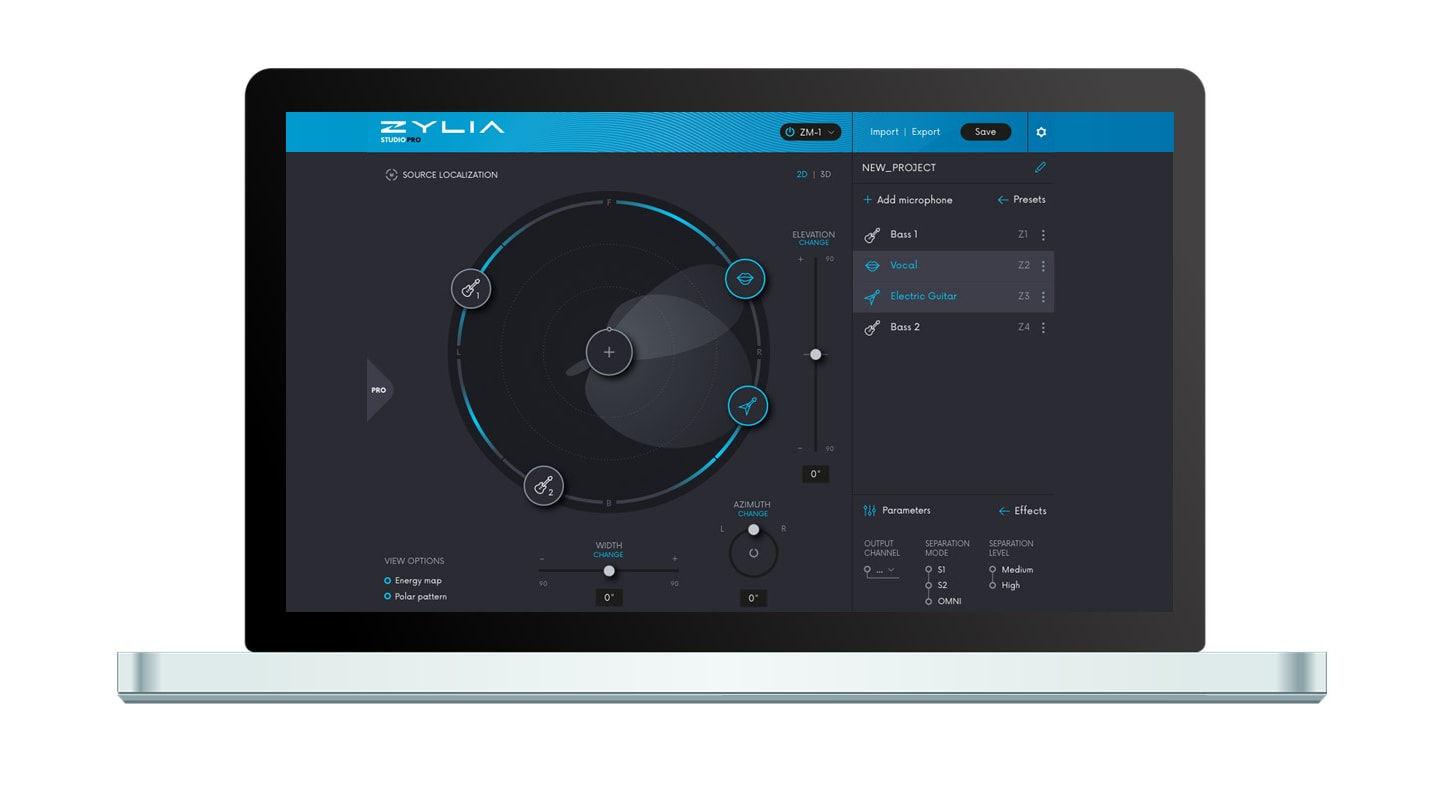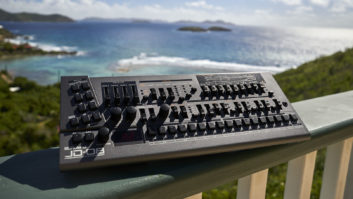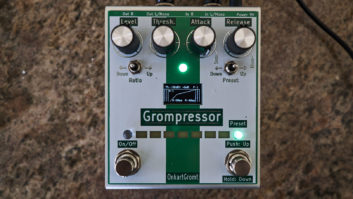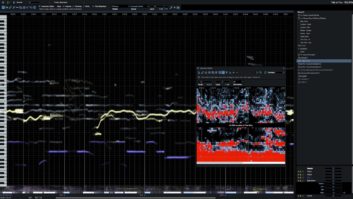If you’re one of the few people who hasn’t heard of Zylia, you will soon. The company was founded in Poznan, Poland, in 2012 by a pair of Ph.D. audio fanatics (Piotr Szczechowiak and Tomasz Żernicki) and has already grown to more than 20 employees. With immersive audio about to enter the mainstream, my guess is that Zylia will be one of the primary players in the field.
Zylia develops innovative tools and technologies for the recording and post-production of music, 3D audio and virtual reality. The Zylia Recording System is anchored by the ZM-1, a small, lightweight, portable microphone array for recording in 360 degrees. There are two variations of the Zylia Recording System: Standard ($599) and Pro ($949). The Zylia Standard package includes the ZM-1 microphone array and Zylia Studio software. The Zylia Pro package additionally includes the Zylia Studio Pro plug-in, Zylia Ambisonics Converter and Zylia Ambisonics Converter plug-in. Optional accessories include a 10-meter active USB extender ($69) and a windshield ($69).

The heart of both recording systems is the ZM-1 microphone array. This spherical enclosure incorporates 19 individual microphone capsules arranged in a small globe that measures 4 inches in diameter and sits just over 6 inches high when mounted on its tripod base. The futuristic looking 16.6-ounce array would look as much at home on a Star Trek movie set as in a recording studio or on location. The USB-powered sphere incorporates a 24-bit, 48 kHz sample rate, has a 105 dB dynamic range and a frequency response of 20 Hz to 20 kHz. It connects to a computer with a USB 2.0 (type A) to Micro USB 2.0 (type B) cable and can handle sound pressure levels up to 130 dB.
An LED ring encircles the ZM-1 and notifies the user of the array’s status. When the ZM-1 is plugged into a USB port, the LED ring around the mic illuminates blue. It illuminates green when in test mode and red when recording. The LED intensity can be adjusted from 0 to 100 percent in the Zylia control panel.
The ZM-1 ships with a handy quick-start guide; visit the Zylia website to download the full manual. Compatible with Mac (macOS 10.9 or later), Windows (7, 8.1 and 10; also Windows tablets) and Linux (Debian), the software and drivers for the ZM-1 can also be downloaded from the website. Recording with the ZM-1 can be handled via the Zylia Studio software or to any third-party DAW.
Zylia Studio software is surprisingly good and is hands-down the easiest way I’ve encountered to record multiple musicians in a single room. The software walks you through the entire recording process, making it surprisingly simple and straightforward. The user has the option of selecting a preset (stereo narrow, stereo wide, 5.0 surround and so on) or using the Automatic Calibration mode. If Auto Calibration is selected, the user must first select the sound source(s) from a list that is organized into logical categories.
Each musician then individually records eight seconds of his or her instrument. The software’s auto-learn process analyzes the isolated instrument recordings and automatically sets pickup patterns and directionality based on the analysis, thus creating multiple virtual microphones, which are recorded to individual tracks. Once the calibration has been completed, the software displays a graphical representation of the mic and its relation to the sound sources. These individual virtual tracks can then be mixed to stereo, using the software’s basic mixer, or exported as actual WAV files using the Separate function and then imported into a DAW for overdubbing and/or mixing.
Recording with the ZM-1 is an enjoyable process, and the quality is surprisingly good. Tracks are natural and smooth, and the isolation between instruments is impressive. The sound of the room is critical, though. When close-miking, you can compensate for a poor-sounding space relatively easily, but the ZM-1 isn’t as forgiving, so it’s important that the room you are recording in actually has a pleasing sound.
The additional software included with Zylia Pro (Zylia Studio Pro plug-in, Zylia Ambisonics Converter and Zylia Ambisonics Converter plug-in) make the ZM-1 the perfect solution for capturing immersive audio.
The Zylia Studio Pro plug-in feels like a plug-in version of Zylia Studio without the recorder. When recording with a DAW, this plug-in provides Zylia Studio functionality such as determining the number of virtual microphones and adjusting their position and characteristics. The plug-in allows this configuration to be altered any time during recording or post-production.
The Zylia Ambisonics Converter and Zylia Ambisonics Converter plug-in are the most powerful software pieces in the Pro package. Both items do the same thing, but the Ambisonics Converter is a freestanding piece of software and the plug-in works inside of a host DAW.
The Zylia Ambisonics Converter changes 19-channel ZM-1 recordings into Higher Order Ambisonics (HOA) and prepares 3D audio recordings for playback on Facebook 360, YouTube 360 and other streaming platforms. The software requires that the source audio be a 19-channel WAVE or WavePack recorded at 48 kHz with the ZM-1 microphone. Output will be saved as a multichannel 32-bit floating-point WAVE file according to the desired HOA configuration. The VST plug-in provides the same HOA features and enables you to record and convert to HOA online within your DAW software. The array sensitivity can be manually adjusted via the control panel.
While the Zylia mic system is a complex device, its software is well designed, intuitive and easy to use, and the company has posted several tutorial videos online, making it quite easy to get up and running.
Zylia • www.zylia.co







